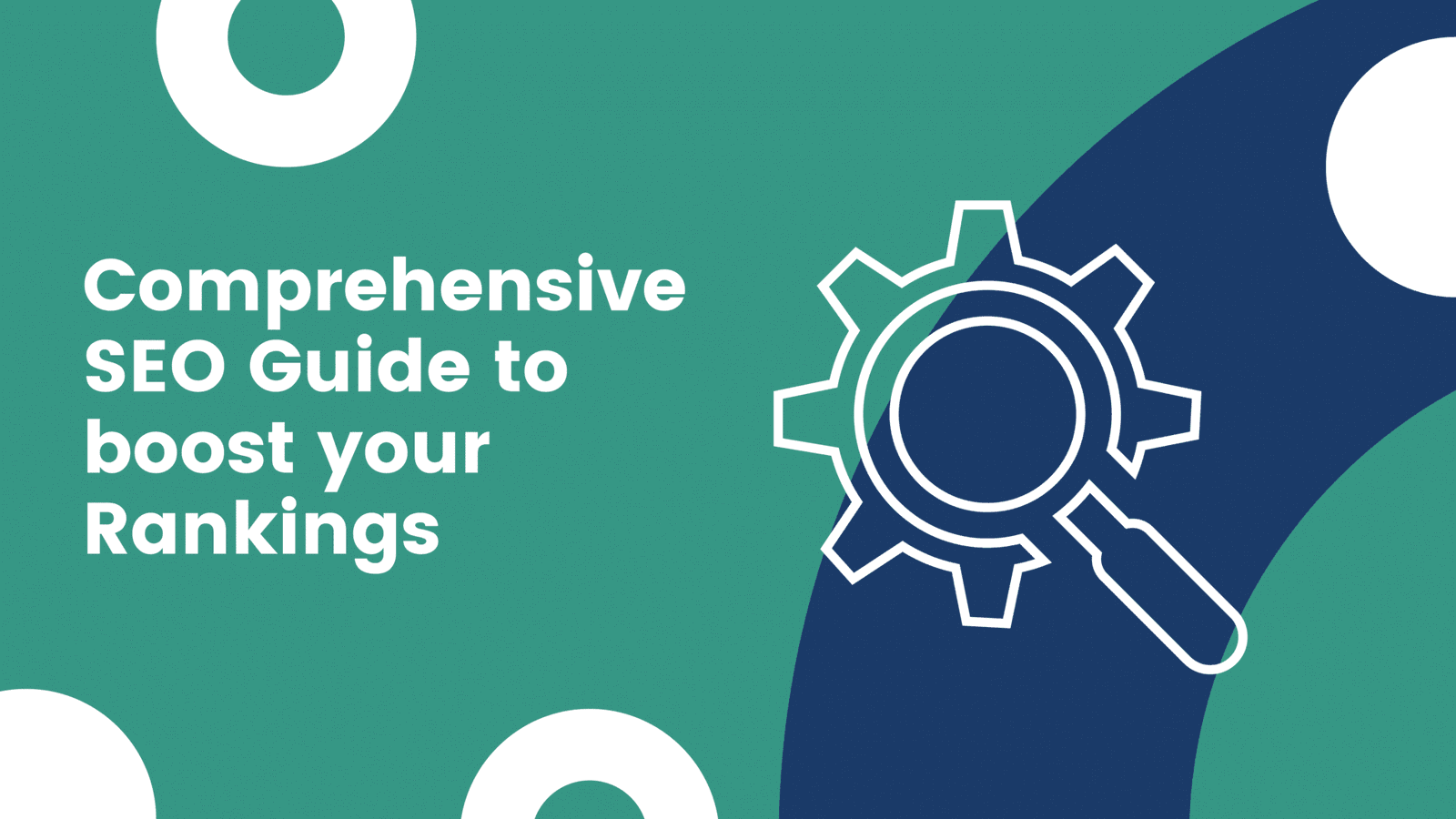In today's digital age, SEO stats and site analysis play a crucial role in helping businesses thrive online. Whether you're a small business owner or a seasoned marketer, understanding how your website performs can significantly impact your success. By leveraging the right tools and techniques, you can optimize your site for better search engine rankings, increased traffic, and improved user experience.
Search engine optimization (SEO) is no longer just a buzzword; it's a fundamental aspect of digital marketing. SEO stats provide valuable insights into your website's performance, allowing you to make informed decisions and refine your strategies. With the ever-evolving algorithms of search engines like Google, staying updated on SEO trends and analysis is essential.
This comprehensive guide will delve into the world of SEO stats and site analysis, offering actionable insights and expert advice. Whether you're a beginner or an experienced professional, you'll find valuable information to enhance your website's performance and achieve your digital marketing goals.
Read also:Who Are Elviss Grandchildren Unveiling The Legacy Of The King Of Rock And Roll
Table of Contents
- Introduction to SEO Stats
- Importance of Site Analysis
- Tools for SEO Stats
- Key SEO Metrics to Track
- SEO Audit Process
- On-Page SEO Analysis
- Off-Page SEO Analysis
- Technical SEO Analysis
- Mobile Friendliness and Speed
- Conclusion and Next Steps
Introduction to SEO Stats
SEO stats are numerical representations of how well your website is performing in terms of search engine visibility, traffic, and user engagement. These stats help you measure the effectiveness of your SEO efforts and identify areas for improvement. By regularly monitoring SEO stats, you can ensure that your website remains competitive in the ever-changing digital landscape.
Why SEO Stats Matter
SEO stats matter because they provide actionable insights into your website's performance. For instance, tracking organic traffic can help you understand how many users are finding your site through search engines. Similarly, monitoring bounce rate and time on site can give you a better understanding of user engagement and satisfaction.
Moreover, SEO stats can help you identify trends and patterns in user behavior, enabling you to make data-driven decisions. By analyzing these stats, you can optimize your content, improve user experience, and ultimately drive more conversions.
Importance of Site Analysis
Site analysis is the process of evaluating your website's performance across various dimensions, including SEO, user experience, and technical aspects. Conducting a thorough site analysis is essential for identifying strengths, weaknesses, and opportunities for improvement. It allows you to pinpoint issues that may be hindering your website's performance and develop strategies to address them.
Benefits of Site Analysis
- Identifies technical issues that may affect search engine rankings.
- Helps improve user experience by addressing usability and accessibility concerns.
- Provides insights into content performance and areas for optimization.
- Enables you to track progress and measure the success of your SEO efforts.
Tools for SEO Stats
Several tools are available to help you track and analyze SEO stats effectively. These tools offer a range of features, from monitoring keyword rankings to analyzing backlinks and traffic sources. Below are some of the most popular SEO tools:
- Google Analytics: A free tool that provides detailed insights into website traffic and user behavior.
- Google Search Console: A valuable resource for monitoring search engine performance and identifying crawl errors.
- Semrush: A comprehensive SEO tool that offers features like keyword research, backlink analysis, and site audit.
- Ahrefs: A powerful tool for analyzing backlinks, keyword rankings, and competitor performance.
Using these tools, you can gain a deeper understanding of your website's performance and make informed decisions to improve it.
Read also:Mia Z Girth Master Videos Exploring The Rise Impact And Facts
Key SEO Metrics to Track
Tracking the right SEO metrics is crucial for measuring the success of your digital marketing efforts. Below are some of the most important SEO metrics to monitor:
1. Organic Traffic
Organic traffic refers to the number of users who visit your website through search engine results. Monitoring organic traffic can help you assess the effectiveness of your SEO strategies and identify growth opportunities.
2. Bounce Rate
Bounce rate measures the percentage of users who leave your website after viewing only one page. A high bounce rate may indicate issues with content quality or user experience.
3. Time on Site
Time on site measures how long users spend on your website. Longer time on site generally indicates higher user engagement and satisfaction.
SEO Audit Process
An SEO audit is a comprehensive evaluation of your website's SEO performance. It involves analyzing various aspects of your site, including on-page SEO, off-page SEO, and technical SEO. Below is a step-by-step guide to conducting an SEO audit:
Step 1: Analyze Keyword Performance
Review your website's keyword rankings and identify opportunities for improvement. Use tools like Google Search Console and Semrush to track keyword performance and discover new keywords to target.
Step 2: Evaluate On-Page SEO
Assess the quality of your website's content, meta tags, and internal linking structure. Ensure that your content is optimized for both users and search engines.
Step 3: Assess Off-Page SEO
Analyze your website's backlink profile and identify opportunities to build high-quality backlinks. Focus on acquiring links from authoritative sources to improve your site's domain authority.
On-Page SEO Analysis
On-page SEO refers to the optimization of individual web pages to improve search engine rankings and drive more organic traffic. Below are some key aspects of on-page SEO to focus on:
1. Content Quality
High-quality content is essential for engaging users and attracting search engine traffic. Ensure that your content is well-researched, informative, and relevant to your target audience.
2. Meta Tags
Optimize your meta titles and descriptions to make them compelling and relevant to your target keywords. This can improve click-through rates and drive more traffic to your site.
3. Internal Linking
Implement a strong internal linking structure to help users and search engines navigate your site more effectively. This can improve user experience and boost search engine rankings.
Off-Page SEO Analysis
Off-page SEO refers to activities outside your website that can influence its search engine rankings. Below are some key aspects of off-page SEO to consider:
1. Backlink Profile
Analyze your website's backlink profile to identify high-quality links and remove any toxic links that may harm your rankings. Focus on acquiring backlinks from authoritative sources in your niche.
2. Social Media Presence
Build a strong social media presence to increase brand awareness and drive more traffic to your site. Engage with your audience and share valuable content to encourage sharing and backlink opportunities.
Technical SEO Analysis
Technical SEO involves optimizing the technical aspects of your website to improve its performance and search engine rankings. Below are some key areas to focus on:
1. Site Speed
Ensure that your website loads quickly to provide a better user experience and improve search engine rankings. Use tools like Google PageSpeed Insights to identify and fix speed-related issues.
2. Mobile Friendliness
Optimize your website for mobile devices to cater to the growing number of mobile users. Ensure that your site is responsive and provides a seamless user experience across all devices.
Mobile Friendliness and Speed
Mobile friendliness and speed are critical factors in today's digital landscape. With the majority of users accessing the internet via mobile devices, ensuring that your website is optimized for mobile is essential. Below are some tips to improve mobile friendliness and speed:
- Use a responsive design to ensure your site adapts to different screen sizes.
- Minimize image file sizes to reduce load times.
- Implement caching to speed up page load times for returning visitors.
Conclusion and Next Steps
In conclusion, SEO stats and site analysis are vital components of a successful digital marketing strategy. By regularly monitoring SEO stats and conducting thorough site analyses, you can optimize your website for better search engine rankings, increased traffic, and improved user experience.
To take the next steps, consider implementing the strategies discussed in this guide and leveraging the recommended tools to track and analyze your website's performance. Don't forget to engage with your audience by leaving comments, sharing this article, and exploring other resources on our site.


